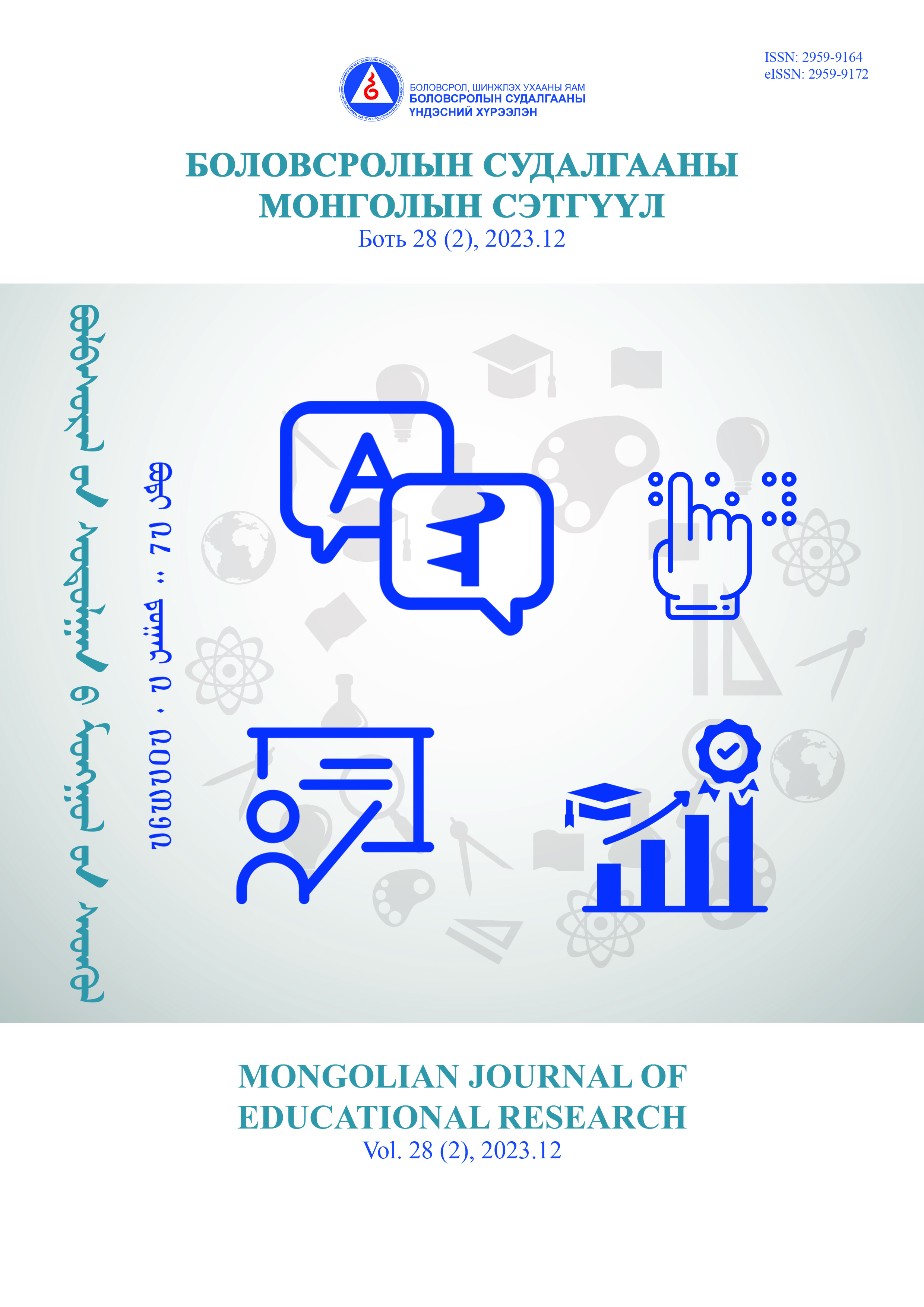Higher education institution composition of the learning environment
DOI:
https://doi.org/10.56380/v28.2.4Keywords:
higher education, learning environment, curriculum, requirements, teachers, studentsAbstract
In this study, the research team analyzed how the learning environment of universities was formulated in national and foreign documents and studies, and compared them with the information of 28 international universities, especially the conditions of the school environment where teachers are trained. We aim to define the requirements and clarify how many components of the environment can be classified into parts. Within the framework of this study, the researchers have compared and classified the environmental components of universities and combined them by correlation and contextually. Besides, the environment analysis of 28 international universities that train domestic and foreign teachers, the common requirements for the environment of universities with domestic teacher training programs, accreditation criteria, research results and education quality reports were considered. Furthermore, it is concluded that the environment is appropriate if it has 4 components: material environment, digital environment, psychological (practical), social responsibility, and service environment.
Downloads
References
БМИҮЗ. (2018). Боловсролын магадлан итгэмжлэх үндэсний зөвлөлийн удирдах зөвлөлийн тогтоол. Улаанбаатар: веб сайт: mncea.edu.mn. http://mncea.edu.mn/media/magadlan/content/2019/uajsh2019.pdf
БСҮХ. (2020). Боловсролын чанар түүнд нөлөөлж буй хүчин зүйлийн судалгаа. Улаанбаатар: БСҮХ.
БСҮХ. (2020). Боловсролын чанар түүнд нөлөөлж буй хүчин зүйлийн судалгаа. Улаанбаатар: БСҮХ.
БСШУСЯ. (2020). Боловсролын салбарын хөгжлийн дунд хугацааны төлөвлөгөө 2021-2030. Улаанбаатар: веб сайт: www.meds.gov.mn
УИХ. (2015). Төрөөс боловсролын талаар баримтлах бодлого (2014-2024). Улаанбаатар: веб сайт: www.legalinfo.mn
ЦХХХЯ. (2021). Дунд хугацааны стратеги 2022-2025. Улаанбаатар: веб сайт: crc.gov.mn https://www.crc.gov.mn/storage/CRC%20Strategy_2025.pdf
Юнеско. (2021). Монгол улсын боловсролын салбар дахь МХХТ-ийн бодлогын тойм шинжилгээ. Улаанбаатар: веб сайт: https://unesco.mn/mn/wp-content/uploads/2022/05/ICT-in-Education-Policy-Review-Report-mongolian-1013-1.pdf
Bensabeur. M et al. (2015). The School Environment and its Relation with the Quality of Teaching Physical Education. European Journal of Physical Education and Sport, 130-136.
Borgonovi, F., Pál, J. (2016). A Framework for the Analysis of Student . OECD Education Working Papers, No. 140. Paris: OECD Publishing, 36-58.
García-Tudela, P.A. et al. (2021). Smart learning environments: a basic research towards the definition of a practical model. Smart Learn. Environ, 9-15.
Lattuka, L.R. Stark, J. S. (2009). Shaping the college curriculum: Academic plans in Context. International Studies In Educational Administration, 6-15.
OECD. (2013). The Learning Environment: Reflections on the Function of Facilities. web site: https://www.oecd-ilibrary.org/education/the-learning-environment_767526546174
OECD. (2020) Innovative Learning Environments. web site: www.oecd.org https://www.oecd.org/education/ceri/innovativelearningenvironments.htm
Rehaf, A. M. (2019). Analysis of Educational Quality, a Goal of Education for All Policy. Higher Education Studies, Canadian Center of Science and Education, 100-109.
Rivlin, L.G., & Weinstein, C. S. (2005). Educational issues, school settings, and environment . Elsevier, 347-364.
UNESCO. (2015). The psychosocial school environment. web site: unesco.org.com https://learningportal.iiep.unesco.org/en/issue-briefs/improve-learning/the-psychosocial-school-environment.
UNESCO. (2020). Safe learning environments: Preventing and addressing violence in and around school. web site: www.unesco.org. https://www.unesco.org/en/environment-education/need-know

